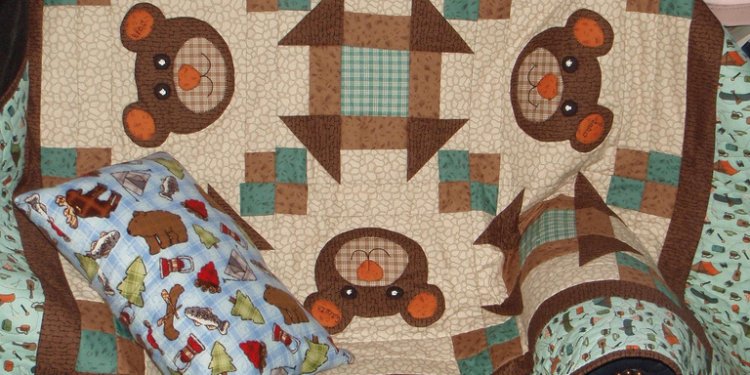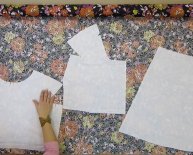
Flannel fabric characteristics

Interesting facts about Quilters Fabrics
When I first started quilting, 35 years ago, I attended a class on appliqué. We were told to bring fabrics, none of which were specific to quilting. These fabrics included polyesters, rayons, cotton and knits, just to name a few. It was some time later that I discovered the benefit of purchasing good quality cottons for my quilt making and this is how I refined my art for appliqué and patchwork. Good quality cotton fabric gives more precision for quilting, making pieces and blocks go together with ease.
Some reasons why, as a quilter, I recommend high-quality cotton fabrics over other fabrics:
· Cotton is easy to work with. It is easy to press and hold its form unlike many other fabrics.
· It sticks together enough while you sew your pieces that pins are often not required. Fabrics such as polyester tend to slip easily so it is essential to pin when stitching.
· Cotton fabrics have a little give in them so if your seams are a little off, you can usually stretch one section so seams meet accurately. Synthetic fabrics do not have this ability.
· 100% cotton fabric allows air to circulate while capturing warmth and holding it. This makes it ideal for bed quilts, particularly baby quilts.
· Cotton is also a very durable natural fiber. It withstands constant use and lasts for years.
Some cottons however, are not suitable for quilting. These include poplin, chino and velveteen. Generally these fabrics are heavier than our standard quilters cotton. They can be used, however you would think twice about cutting any small squares or strips with them. Some good quality cottons include Pima, Homespun, broadcloth and flannel.
How do you determine a good quality quilters cotton? Good quality cotton has a high thread count. Unfortunately most bolts of fabric do not include the thread count, but a simple test is to hold up a single fold of fabric to the light. If you can easily see through it, it has a loose weave. Try to avoid this type of fabric. Flannels are notorious for this so if making a flannel quilt, always check before purchasing. A sure sign of low quality cotton is the price. Cheaper cotton usually has a lower thread count.
When the thread count is low, the fibers break more easily when stitched thus not good for quilts as they will begin to fall apart. They fray easily and often the batting will shed fibers through the fabric, a term known as bearding.
Batiks usually have a higher thread count than other quilting cottons. This makes them especially good for raw edge and other fusible appliqué methods. An added benefit of batiks is that both sides look much the same, however do be aware that if there is a pattern on the batik, it will be reversed on the back.
Most of the above characteristics apply to cotton batting as well as cotton fabric. Cotton batting creates less movement between layers. It breathes by allowing the air to circulate and it is very durable. This makes it ideal for machine quilting.
Get a Free Pattern
Register for our free Newsletter and receive notifications of new articles, free lessons and discounts by clicking on the link below. When you register, you will also receive our free poppy pattern.
Free Newsletter Signup
















